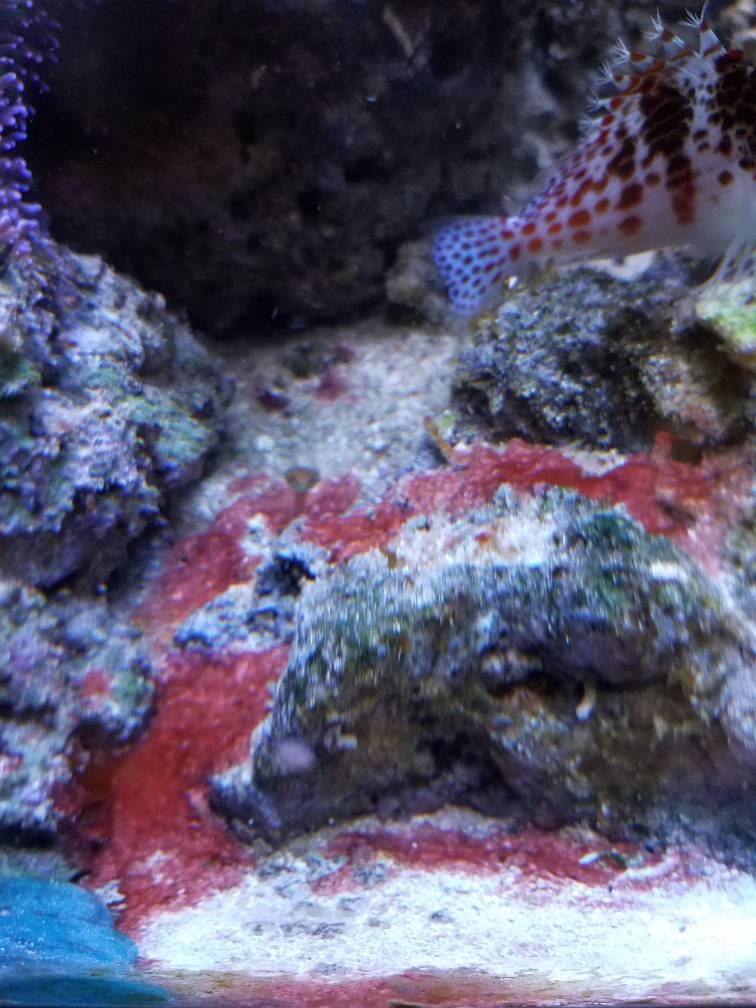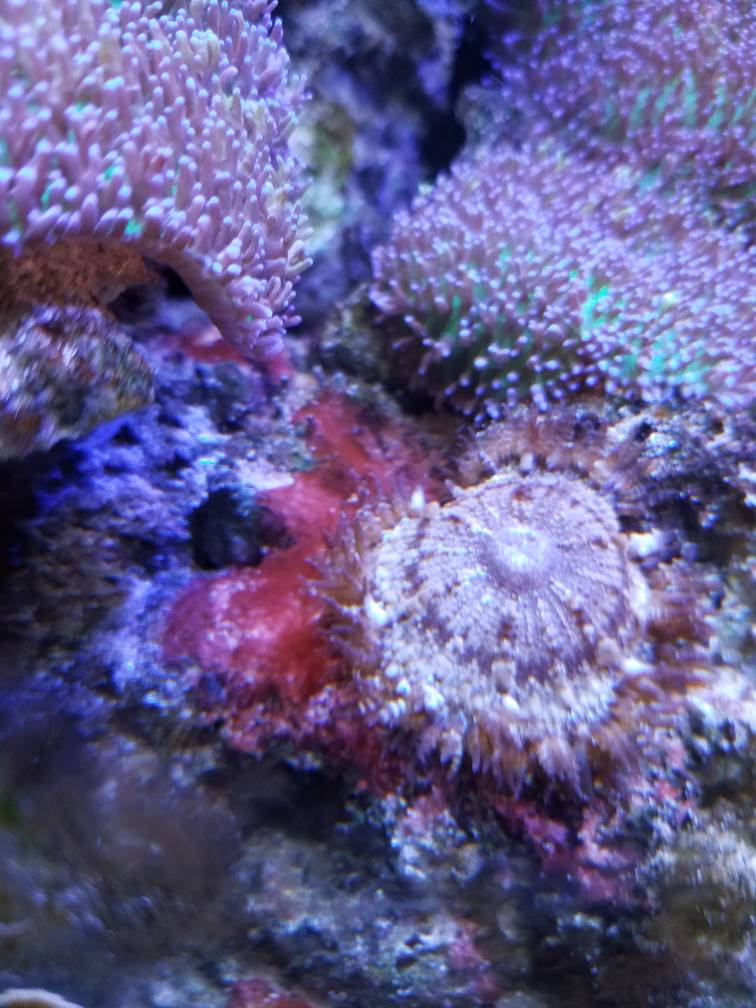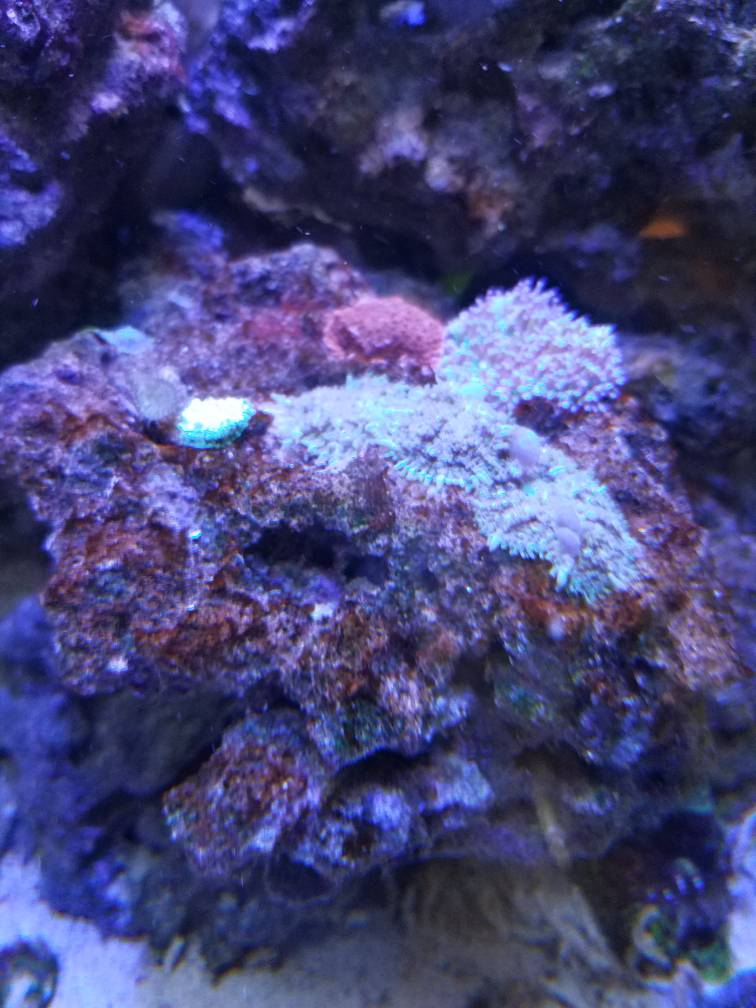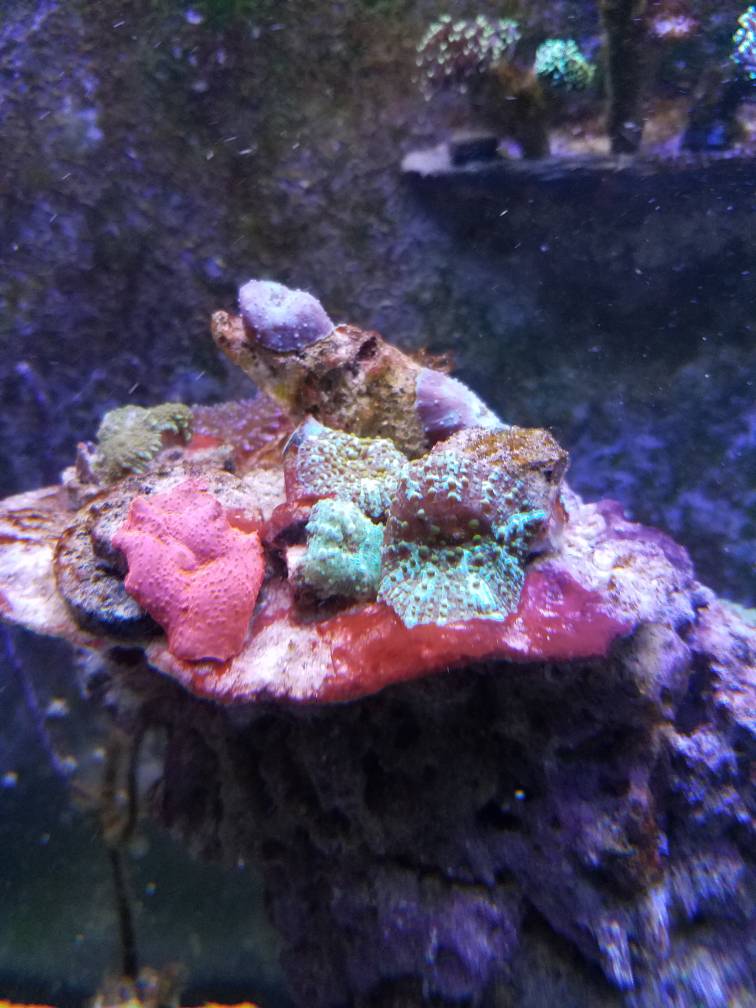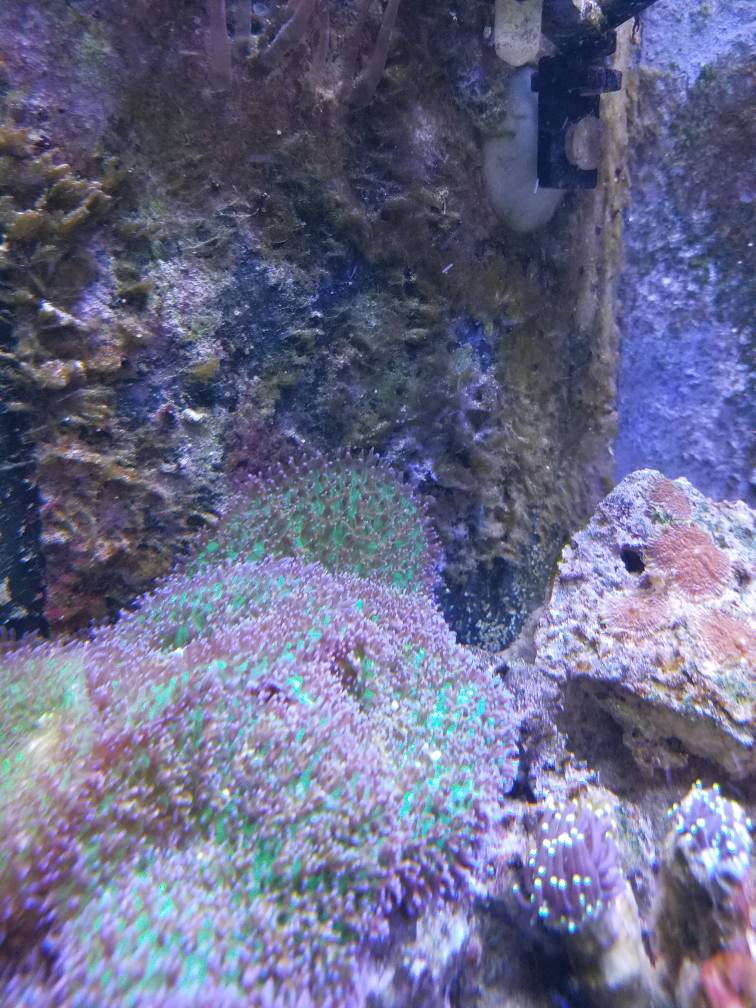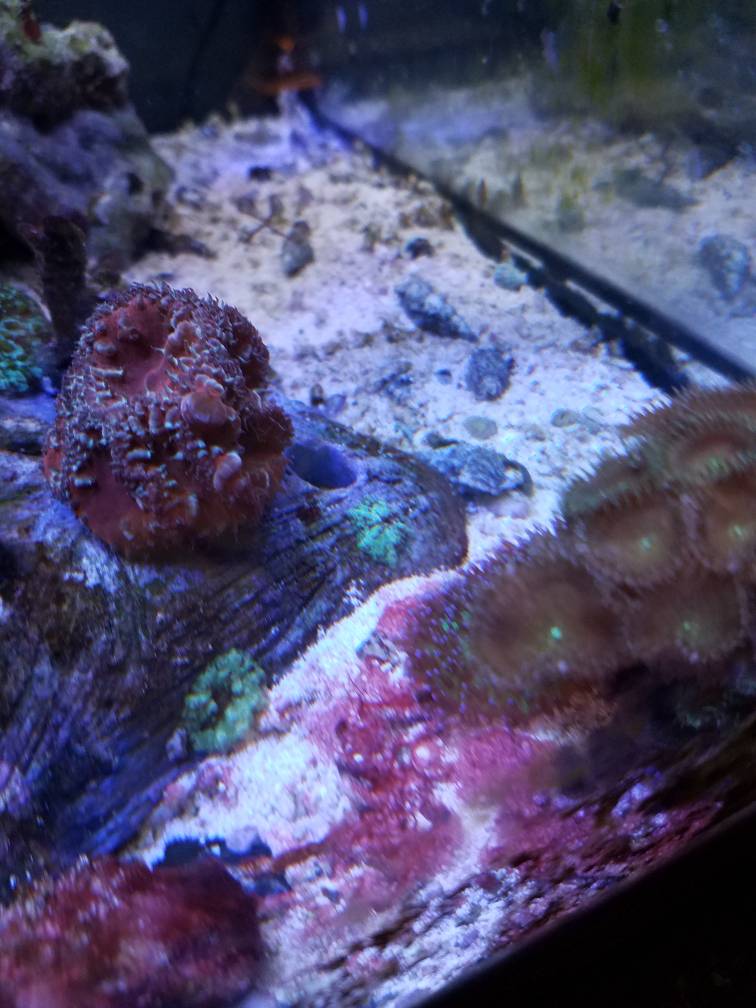- Joined
- Nov 21, 2015
- Messages
- 484
- Reaction score
- 601
I have a 36" 4 bulb t5 fixture and I added some 100w LEDs. This tank has been up and running for 4 years now. I didn't have bad algae issues until the clowns and dominos started digging holes in the sand. Its mostly gha and cyano. It's not bad right now but it's starting to come back and I just don't want it to get out of hand.



